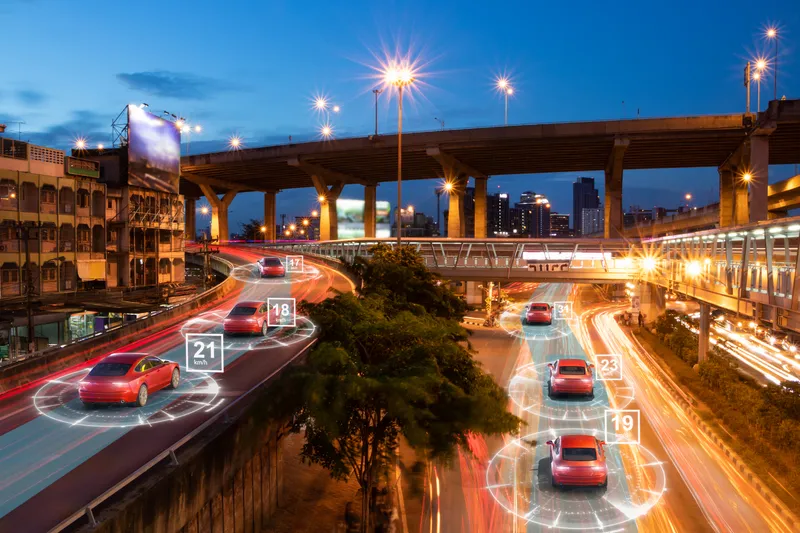The United States and the
The aim of the collaboration is to increase the value of the research by creating a joint framework for field operational tests and evaluation tools; collaborate on cooperative vehicle safety, mobility, and sustainability application research projects; and internationally harmonize cooperative ITS standards to support cooperative ITS.
To highlight the progress of this bilateral effort,
“Cooperative systems have the potential to deliver significant safety, mobility, and environmental benefits. Through a system of vehicles in constant communication with each other and roadside equipment, we have the ability to transform transportation as we know it and reduce its impact on our global society. The EU and U.S. are joining together to fully explore the promise of such a cooperative system. The partnership increases the value of each region’s research by creating a joint framework for FOTs and evaluation tools, collaborating on cooperative system safety applications research projects, and working to internationally harmonise cooperative system standards.
Going forward, the EU and U.S. bilateral efforts will continue to focus on international standards harmonization as a key outcome of our collaborative work. As a global industry, it is critical to reduce barriers to multiregional standardisation and achieve broad agreement on harmonization that can benefit both the travelling public and the ITS and motor vehicle industries. Harmonisation facilitates interoperability between products and systems, which can benefit transportation management agencies, vehicle manufacturers, equipment vendors, and others. We will also build on our respective agreements with Japan to foster collaboration on international standards harmonisation, probe data usage, and evaluation.
In addition, the Safety and Sustainability Applications Working Groups will identify critical technical issues, and the Driver Distraction and HMI Working Group will continue to gain knowledge in safe HMI design. We also anticipate that by sharing the results of each region’s individual demonstrations (such as the US Connected Vehicle Safety Pilot and the EU C2C-CC demonstration at the 2012 World Congress); we will maximise our overall knowledge and research. Ultimately, our goal is that our bilateral efforts will accelerate the deployment of cooperative vehicle systems worldwide.”










